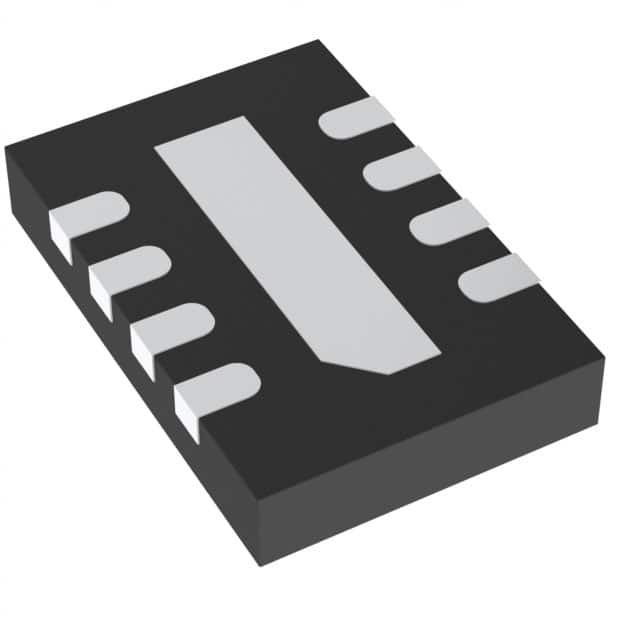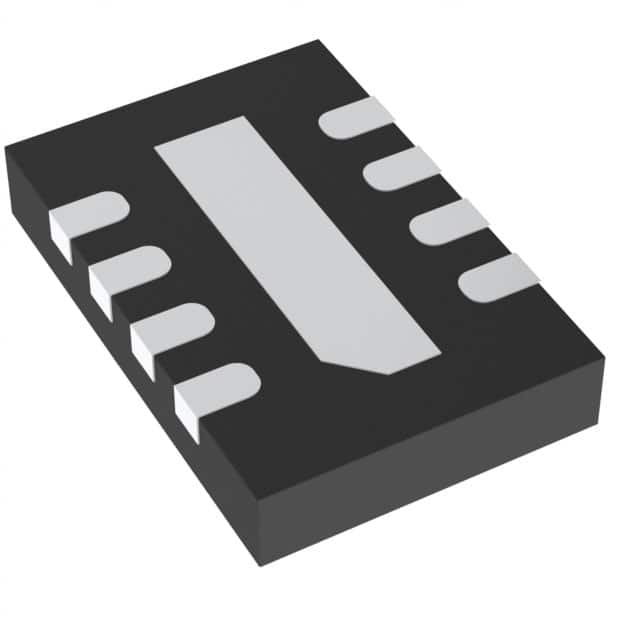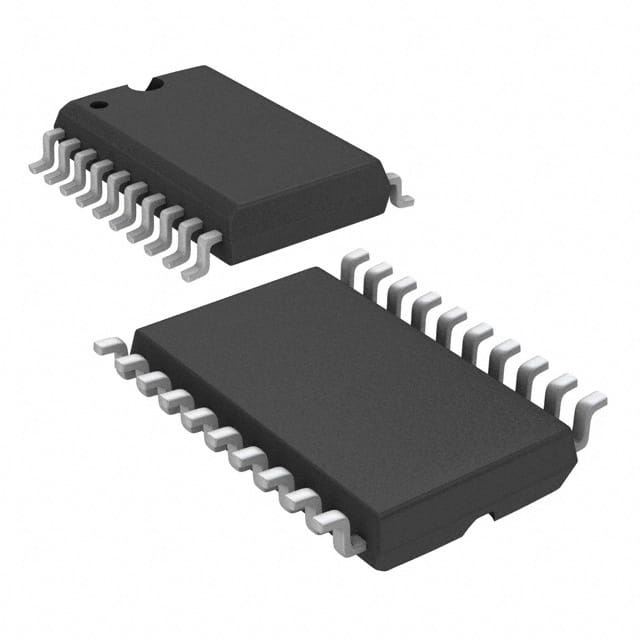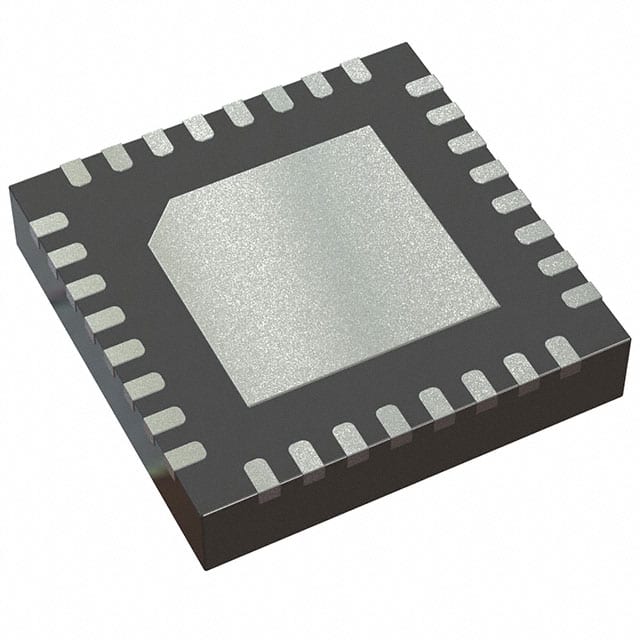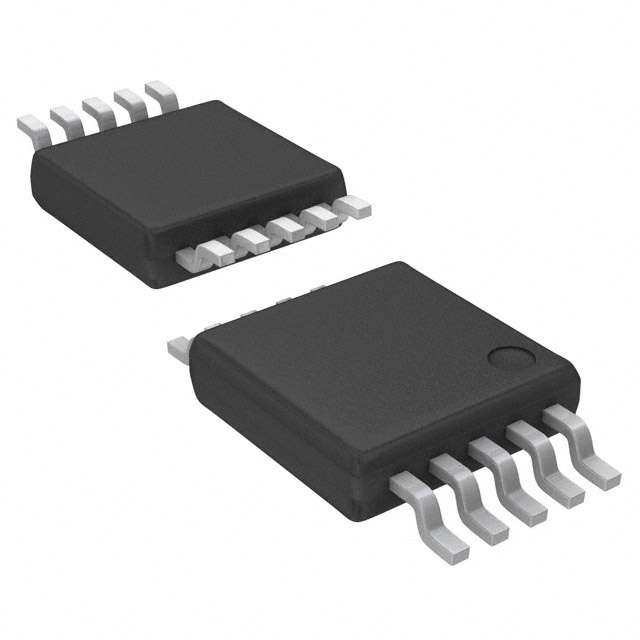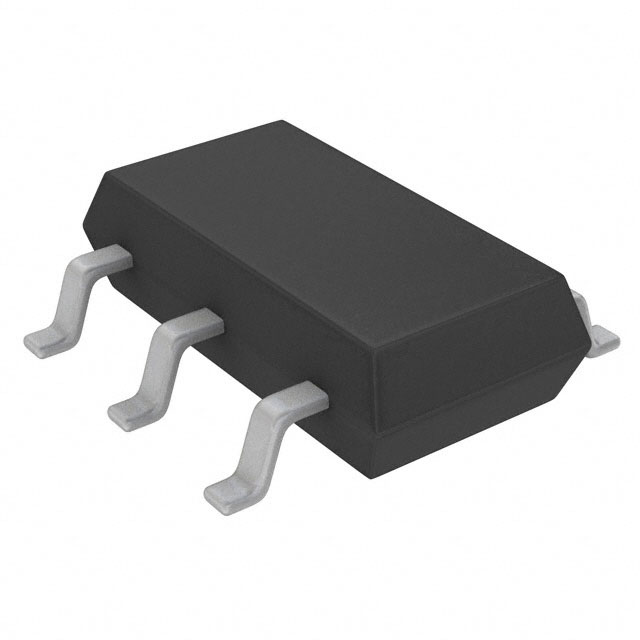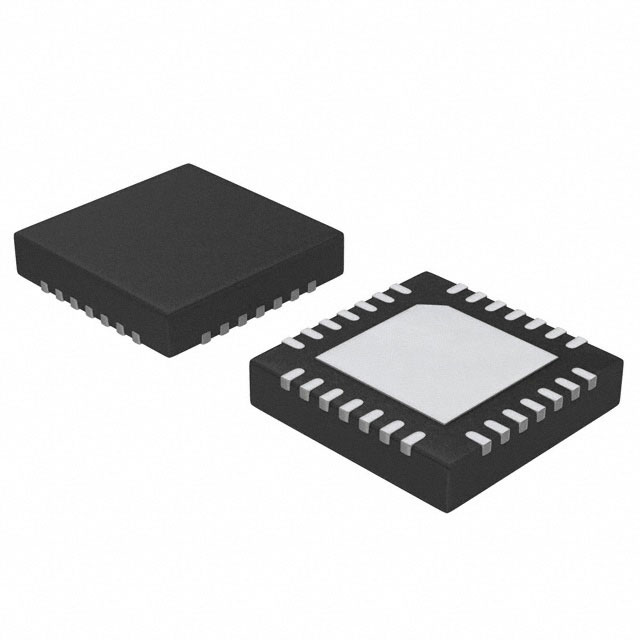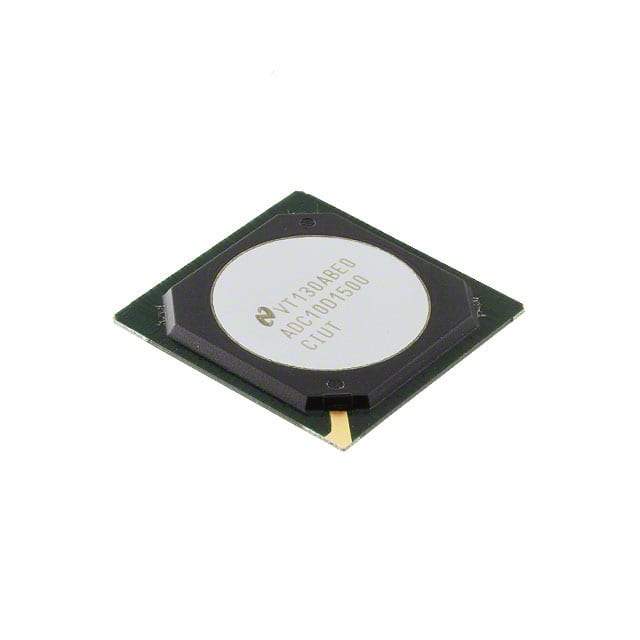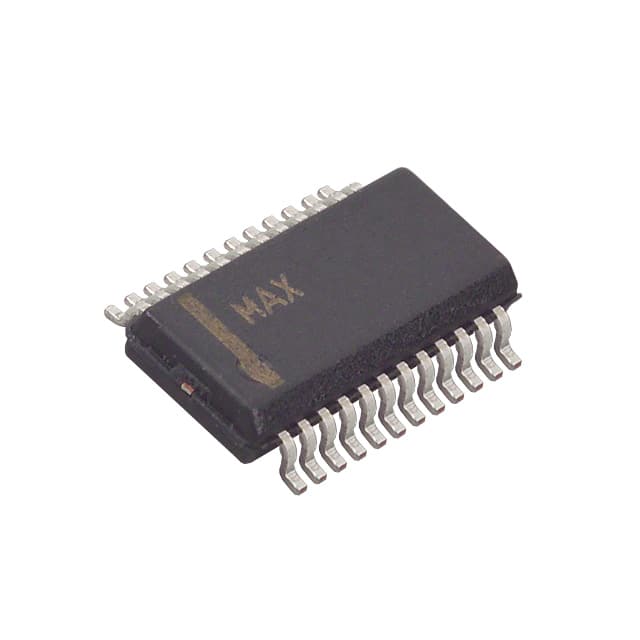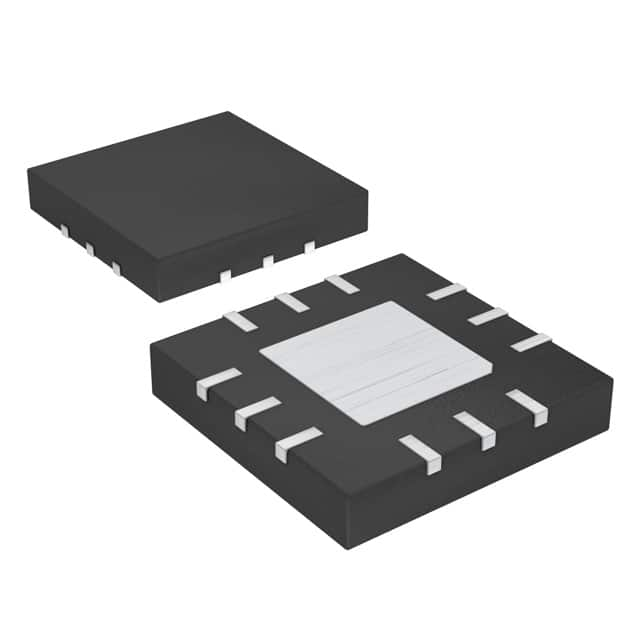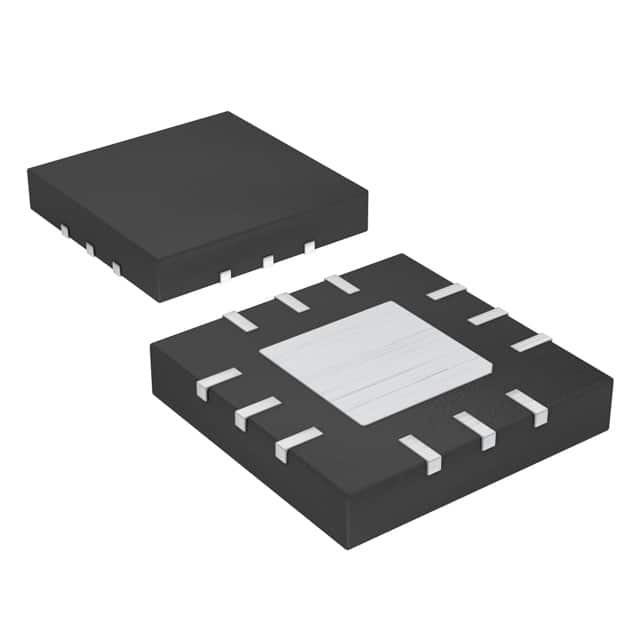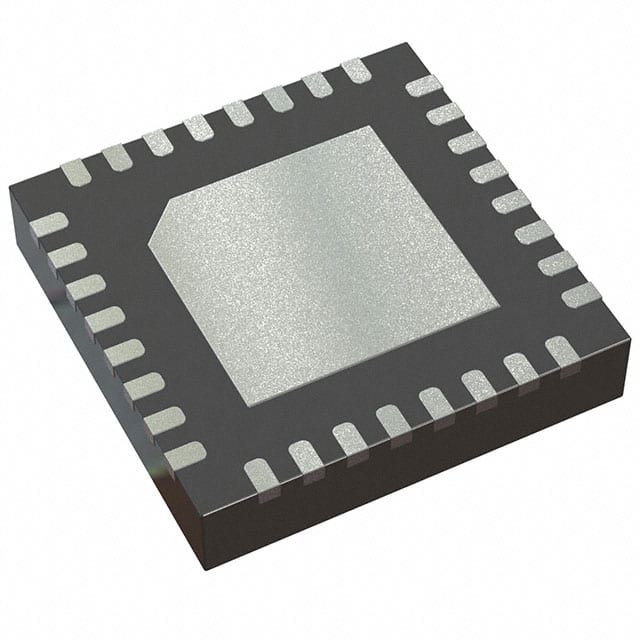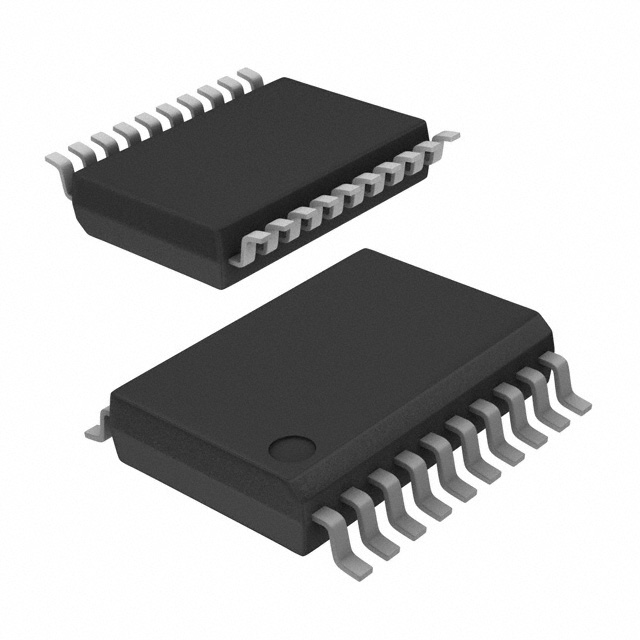MAX11618EEE+ Product Introduction:
Maxim Integrated Part Number MAX11618EEE+(Data Acquisition - Analog to Digital Converters (ADC)), developed and manufactured by Maxim Integrated, distributed globally by Jinftry. We distribute various electronic components from world-renowned brands and provide one-stop services, making us a trusted global electronic component distributor.
MAX11618EEE+ is one of the part numbers distributed by Jinftry, and you can learn about its specifications/configurations, package/case, Datasheet, and other information here. Electronic components are affected by supply and demand, and prices fluctuate frequently. If you have a demand, please do not hesitate to send us an RFQ or email us immediately sales@jinftry.com Please inquire about the real-time unit price, Data Code, Lead time, payment terms, and any other information you would like to know. We will do our best to provide you with a quotation and reply as soon as possible.
Introducing the Maxim Integrated MAX11618EEE+, a high-performance, 16-bit, analog-to-digital converter (ADC) designed to meet the demanding requirements of industrial and medical applications. With its exceptional accuracy and low power consumption, this ADC is the perfect solution for a wide range of precision measurement and data acquisition systems.
The MAX11618EEE+ offers 16 single-ended or 8 differential inputs, allowing for versatile signal conditioning options. Its impressive 16-bit resolution ensures precise and reliable conversion of analog signals into digital data, enabling accurate measurements in even the most challenging environments.
One of the key features of the MAX11618EEE+ is its low power consumption, making it ideal for battery-powered applications. With a power supply range of 2.7V to 3.6V, this ADC minimizes energy consumption without compromising performance.
The MAX11618EEE+ also includes a flexible serial interface, allowing for easy integration with microcontrollers and other digital devices. Its high-speed conversion rate of up to 500ksps ensures fast and efficient data acquisition, enabling real-time monitoring and control.
This versatile ADC finds applications in a wide range of fields, including industrial automation, medical instrumentation, and scientific research. Whether you need to measure temperature, pressure, or voltage, the MAX11618EEE+ provides the accuracy and reliability you can trust.
In summary, the Maxim Integrated MAX11618EEE+ is a high-performance, low-power ADC that offers exceptional accuracy and versatility. With its wide range of features and applications, this ADC is the perfect choice for precision measurement and data acquisition systems.
Analog to digital Converters (ADCs) are electronic devices used to convert continuously varying Analog signals into discrete Digital signals. This process usually includes three steps: sampling, quantization and coding. Sampling means capturing the instantaneous value of an analog signal at a fixed frequency; Quantization approximates these transient values to the nearest discrete level; Finally, the encoding converts the quantized value into binary numeric form.
Application
ADCs(Analog-to-digital Converters) is widely used in a variety of scenarios, such as audio and video recording, measuring instruments, wireless communications, medical devices, and automotive electronics. For example, in audio devices, the ADC is responsible for converting the sound signal captured by the microphone into a digital format for easy storage and transmission.
FAQ about Data Acquisition - Analog to Digital Converters (ADC)
-
1.
What is ADC for data acquisition?
A data collector is an electronic device used to convert various data (such as barcodes, RFID tags, etc.) into a storable and editable format and transmit it to a computer or system in real time. Data collectors are usually operated using handheld devices (such as inventory counting machines or PDAs) and have functions such as real-time acquisition, automatic storage, instant display, instant feedback, automatic processing, and automatic transmission. They can be widely used in warehouse management, logistics transportation, retail, medical, military and other fields. The main functions of data collectors include data acquisition, real-time data processing, data storage and transmission.
ADC, or analog-to-digital converter, is an electronic device that can convert continuously changing analog signals into discrete digital signals. It is mainly used in data acquisition, signal processing, communication and other fields.
-
2.
How many types of ADC are there?
The types of ADC (Analog-to-Digital Converter) mainly include:
1. Integral ADC: Its working principle is to convert the input voltage into time (pulse width signal) or frequency (pulse frequency), and then obtain the digital value by the timer/counter. The advantage of the integral ADC is that it can obtain high resolution with a simple circuit and has strong anti-interference ability, but the disadvantage is that the conversion rate is extremely low because the conversion accuracy depends on the integration time.
2. Successive approximation type (SAR ADC): The successive approximation ADC is one of the most common architectures. Its basic principle is to convert by gradually approximating the value of the analog input signal. The advantages of the successive approximation ADC are high speed and low power consumption. It is cheap at low resolution, but expensive at high precision.
3. Parallel comparison type/serial-parallel comparison type ADC: The parallel comparison type AD uses m
-
3. How to convert analog to digital without ADC?
Analog to digital conversion without ADC can be achieved through PWM circuit. This method is suitable for those main control chips without built-in ADC, which needs to be solved by two GPIOs and an operational amplifier. The basic principle is to use an integral circuit to convert the PWM wave into a smooth DC voltage, and then continuously adjust the PWM duty cycle by comparing it with the voltage to be measured until the output of the comparator changes from 0 to 1, and record the current PWM duty cycle, thereby realizing the measurement of the analog voltage.
 Lead free / RoHS Compliant
Lead free / RoHS Compliant












